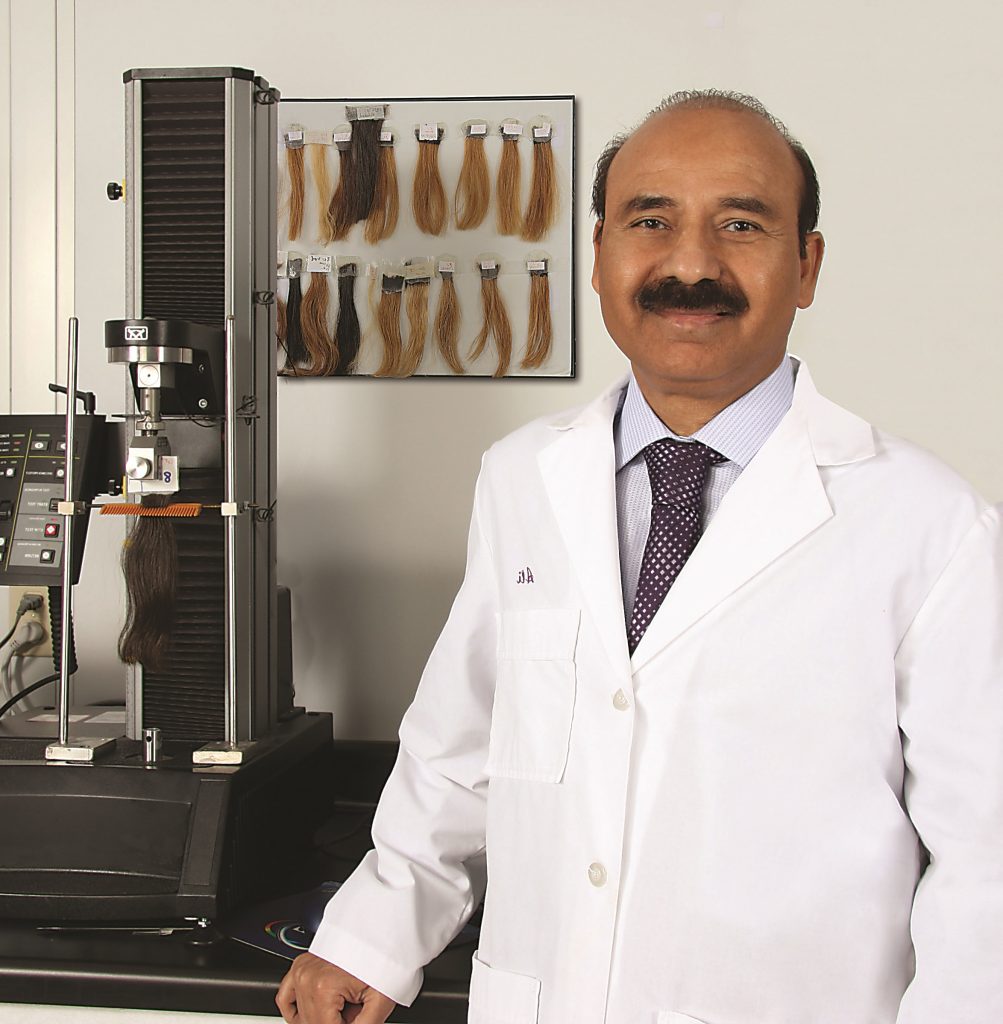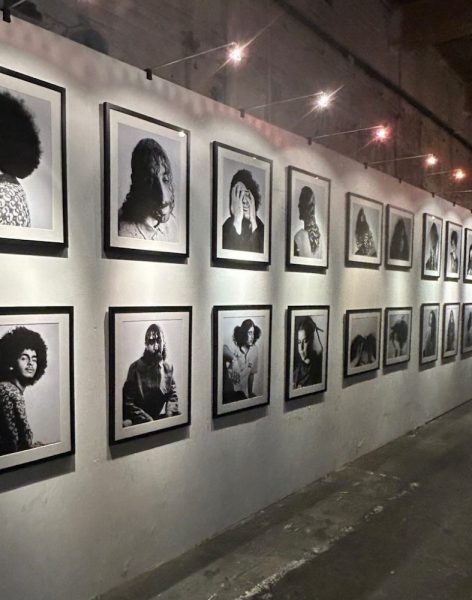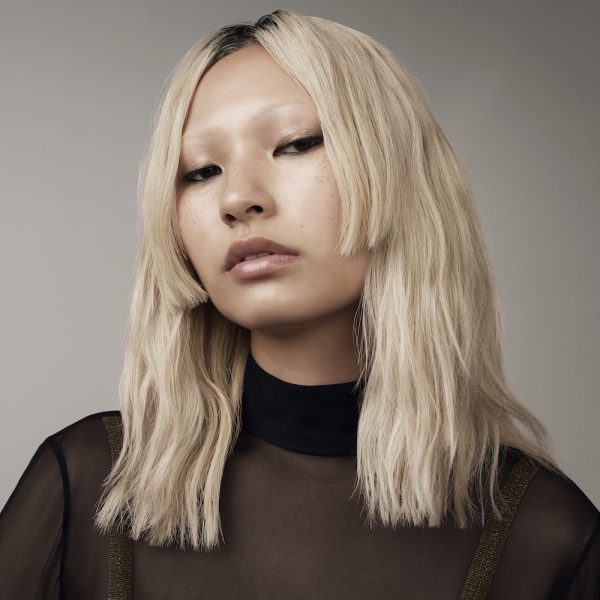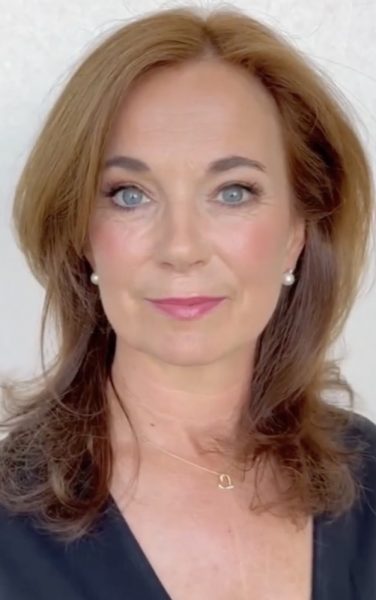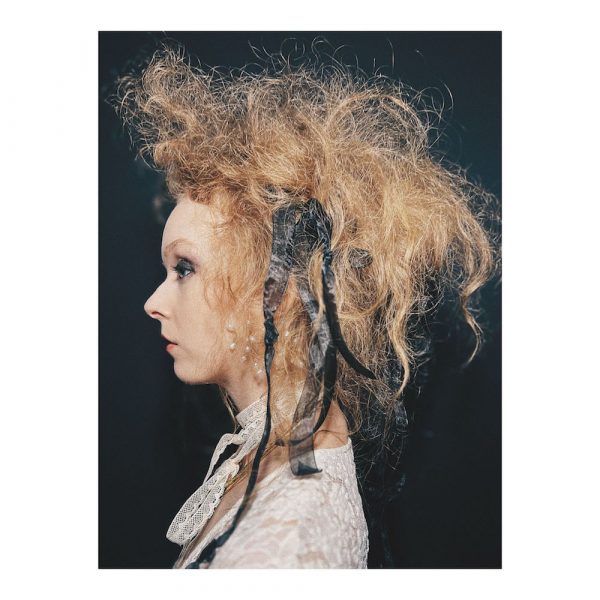Protein is what makes our hair healthy, durable and flexible. Although did you know that it’s possible to have too much protein? Causing the hair to become dull, dry, and brittle. Avlon’s founder and Master Chemist, Dr Syed, explains what protein is and how to treat build-up so that clients can maintain the health of their hair.
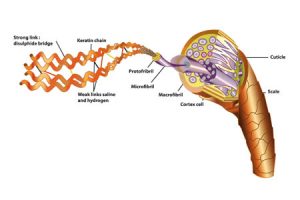
What is Protein?
“Proteins are large molecules made up of amino acids that are linked together via peptide bonds. Specifically, an amino group of one amino acid, is linked with the carboxylic (acidic) group of the adjacent amino acid, creating a peptide bond.
“When multiple amino acids combine in a linear fashion, the resultant molecule is called a polypeptide. Polypeptides containing thousands of peptides are called proteins. In hair protein, called keratin, two polypeptides are linked in a parallel fashion forming dimers inside the cortex of the hair. These dimers are responsible for the elastic nature of hair.”
What is a protein build up?
“If a product contains a higher than optimum concentration of hydrolyzed proteins, the endocuticles and cortex of damaged hair absorb and adsorb more protein than needed, hence forming a buildup of protein in the hair.
“Also, if a product containing hydrolyzed protein is used more frequently, it tends to overload the endocuticles and cortex of hair with hydrolyzed protein. In the case of fine textured hair, the protein is absorbed by the endocuticles and stiffens the mushy endocuticles, while conferring body to fine hair. You’ll know when there is too much as it will make the hair harder to touch, brittle, and unmanageable.”

What are protein treatments?
“It is customary to treat hair with products that contain proteins, which are smaller in size and are hydrolyzed. These hydrolyzed proteins may originate from different sources such as wheat, soy, oat, barley, rice, milk, keratin of sheep wool, silk protein, and fruits such as apple, green tea, sugar cane, pomegranate, chickpeas, etc.
“These hydrolyzed proteins can penetrate the hair cortex and help increase the elasticity of damaged hair. These proteins are not reactive proteins but act as fillers in available empty spaces in the hair. This increase in elasticity is not permanent and tends to diminish over a few successive shampoo treatments.
“Clients with damaged hair from permanent color, hair lightening, hair relaxing, and permanent waving may use products containing hydrolyzed proteins or peptides to help decrease hair damage by increasing elasticity and moisture. The use of hydrolyzed collagen specifically may help to mend split ends—due to its sticky nature, it acts like a glue in binding the fractures of damaged hair.”
How do you treat a protein build-up?
“Clarifying shampoos will help deplete the buildup of proteins from hair. It may take a few shampoo treatments before the buildup is eliminated. It is important to use clarifying shampoos that utilize sulfate-free detergents and moisturizing ingredients. Also, avoid other aftercare products that contain proteins for a significant number of weeks till the protein buildup is eliminated from the hair.”

How can you tell if protein treatments are working?
“First, protein-based products must contain the right type of proteins and optimum dose to work properly. This optimum dose is determined from scientific methodologies that correlate the optimum concentration of protein with the resultant fiber elasticity, moisture, and bending properties of hair. Products that do not stiffen the hair but increase hair elasticity and moisture should be selected to avoid any buildup.
“Certain hydrolyzed proteins possess positive charge are more substantive to hair, and help strengthen and moisturize hair, thus avoiding brittleness and hardening of hair. Your client will know if the protein-treatment worked for their hair if their hair feels soft to touch, shiny and manageable.”
How often should you be using these treatments on your clients?
“The frequency of use depends upon the extent of damage and the concentration and type of protein used on hair. It is advisable to use these treatments bi-weekly or monthly if the hair is severely damaged by chemical treatments. Hydrolyzed wheat protein, hydrolyzed keratin protein, and hydrolyzed silk proteins are used often to strengthen hair. Hydrolyzed collagen protein is used to mend split ends but should be used sparingly on the ends of the hair to avoid any buildup.
For more information, visit www.avloneurope.co.uk
For more Avlon news click HERE

